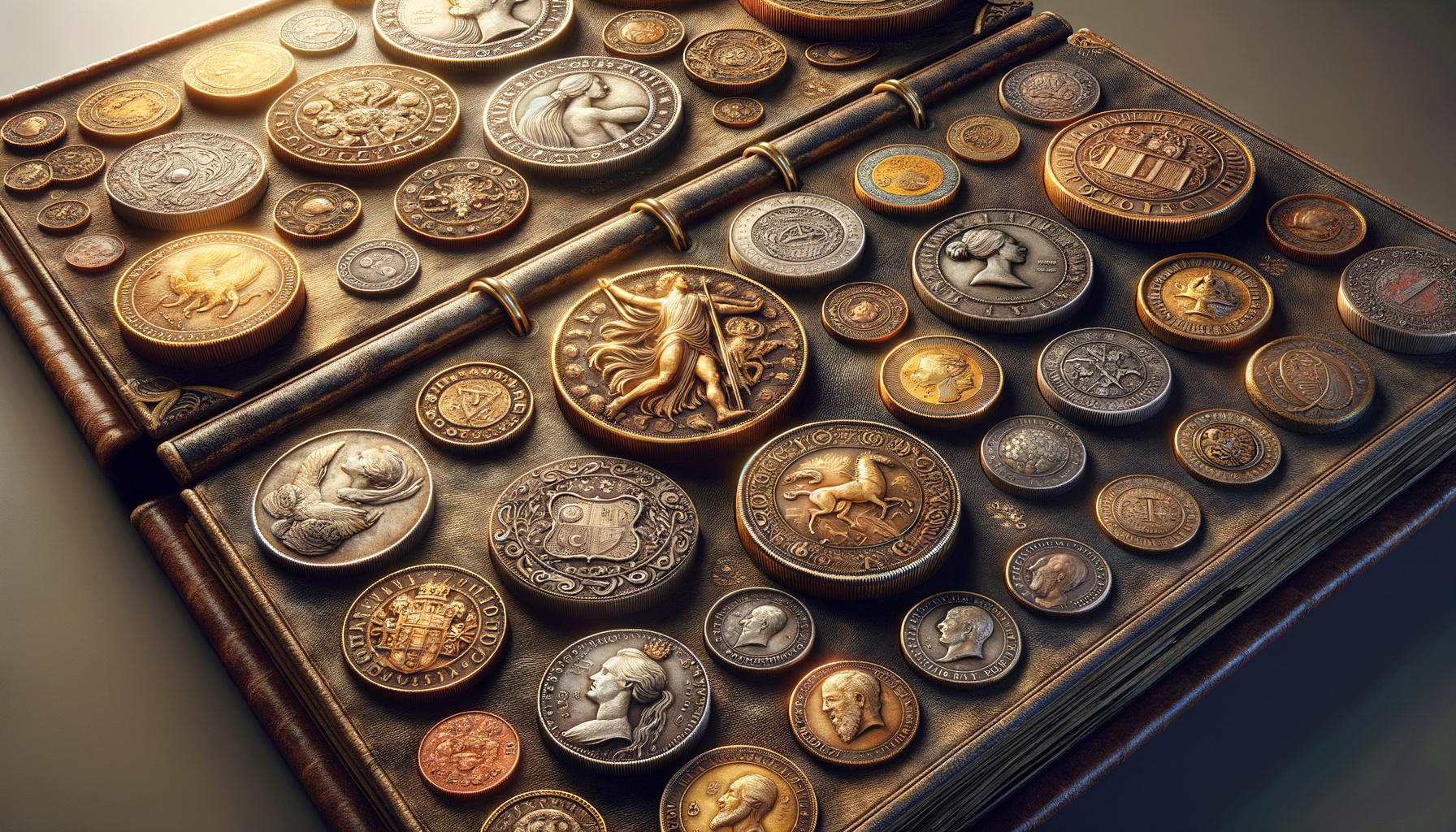Introduction to Rare Coin Collecting and Investing
Rare coins are not just pieces of metal; they are historical artifacts that tell stories of the past. Investing in rare coins offers a unique blend of history, art, and economics. These coins often hold significant value due to their rarity, historical significance, and the demand among collectors. As an investment, rare coins can be a stable asset, potentially appreciating over time. In this article, we will explore the world of rare coin investing, examining why these coins are valuable and how they can be a wise addition to an investment portfolio.
Understanding the Value of Rare Coins
The value of a rare coin is determined by several factors, including its rarity, condition, historical significance, and demand. Rarity is one of the most crucial aspects, as coins that are hard to find tend to be more valuable. The condition of the coin, often referred to as its grade, also plays a significant role. Coins that are well-preserved and have minimal wear are more desirable. Historical significance can add to a coin’s value, especially if it is associated with a notable event or era. Lastly, market demand influences value; coins that are highly sought after by collectors will naturally fetch higher prices.
For example, coins from ancient civilizations or those minted during significant historical periods can be particularly valuable. Collectors often seek coins that complete a series or have unique minting errors, adding to their desirability. Understanding these factors is essential for anyone looking to invest in rare coins, as they help determine the potential return on investment.
Popular Rare Coins for Investment
Several rare coins are considered excellent options for investment due to their historical significance and market demand. Some of these include:
- Coins from ancient Greece and Rome, which offer a glimpse into the early days of currency.
- Medieval coins, which are prized for their craftsmanship and historical context.
- Coins from the American colonial period, which are significant for their role in early American history.
Each of these coins carries its own story and significance, making them not only valuable investments but also fascinating pieces of history. Collectors and investors alike are drawn to the stories these coins tell, adding a layer of enjoyment to the investment process.
The Role of Authentication and Grading
Authentication and grading are crucial aspects of rare coin investing. Authentication ensures that a coin is genuine and not a counterfeit, while grading assesses the coin’s condition. Professional grading services provide a standardized assessment, which can significantly impact a coin’s market value. These services use a scale to grade coins, with higher grades indicating better condition.
Investors should always seek coins that have been authenticated and graded by reputable services. This not only provides assurance of the coin’s authenticity but also gives a clearer understanding of its value. In the world of rare coins, a small difference in grade can mean a significant difference in price, making professional grading an essential step in the investment process.
Conclusion: The Future of Rare Coin Investing
The world of rare coin investing is as dynamic as it is fascinating. With the right knowledge and approach, investing in rare coins can be both a rewarding and profitable endeavor. As with any investment, it is essential to conduct thorough research and seek professional advice when necessary. The rarity, historical significance, and condition of coins will continue to drive their value, offering investors a unique opportunity to own a piece of history while potentially growing their wealth. As more people recognize the value of rare coins, the market is likely to expand, making now an exciting time to explore this intriguing investment avenue.




Leave a Reply